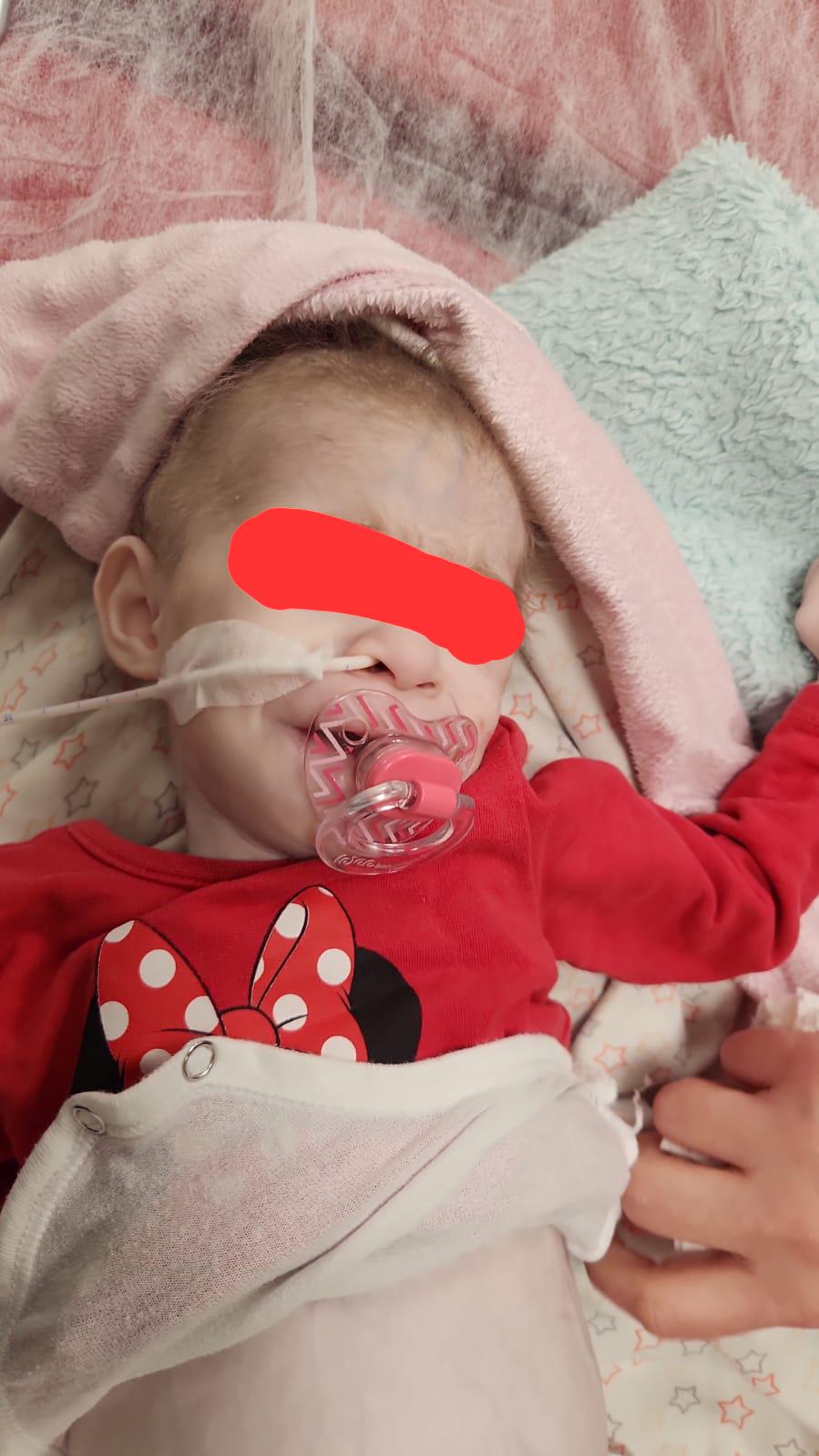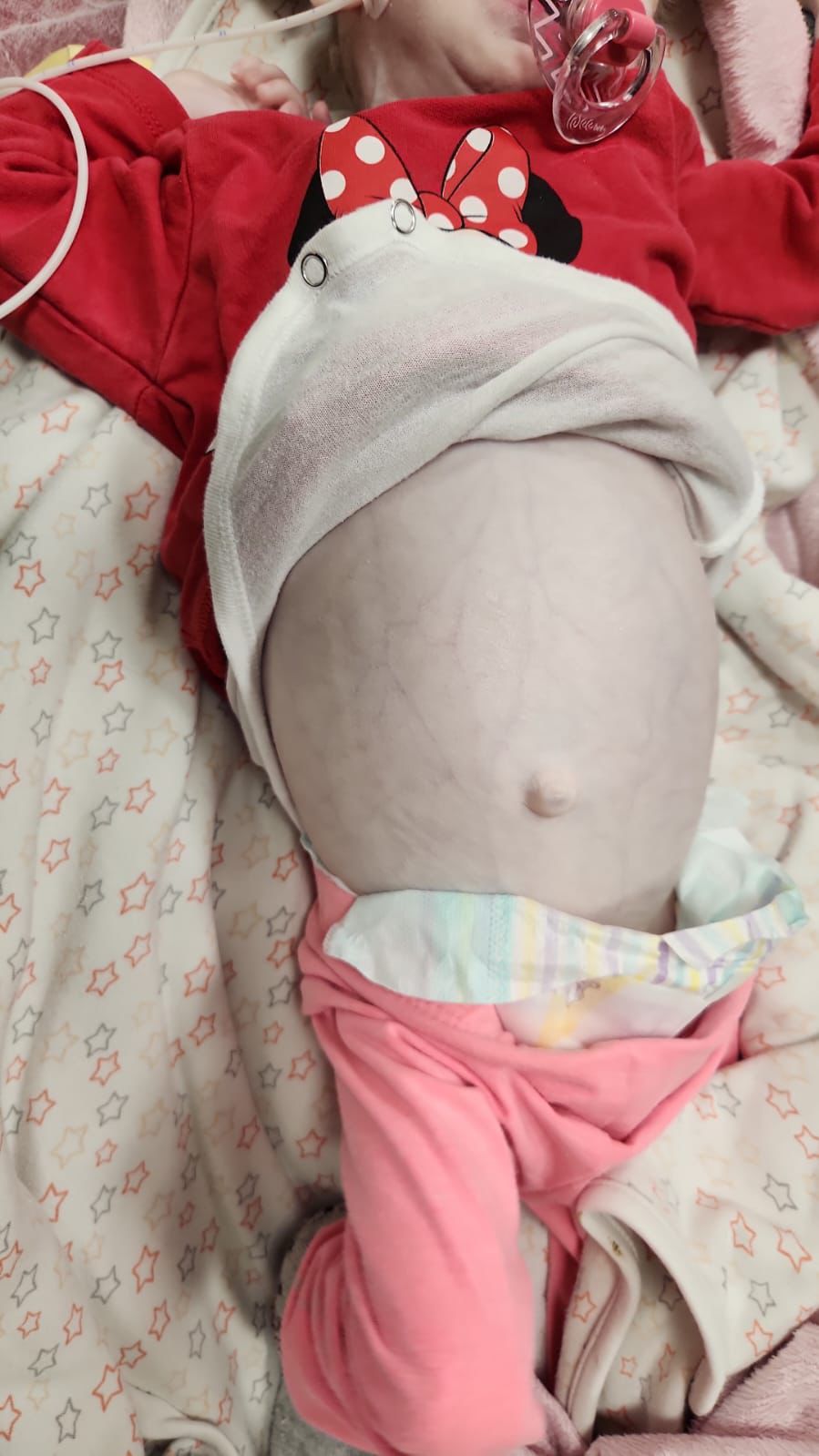Adams-Oliver Syndrome (AOS) is a rare congenital disorder characterized by the combination of aplasia cutis congenita (ACC) and terminal transverse limb defects. Named after the physicians who first described it, Dr. William Adams and Dr. Robert Oliver, this syndrome presents challenges in diagnosis and management due to its variability in clinical presentation and severity.


Understanding the Genetics
Inheritance Patterns
AOS is typically inherited in an autosomal dominant pattern, meaning an affected individual has a 50% chance of passing on the genetic mutation to each offspring. However, sporadic cases can also occur due to de novo mutations.
Associated Genes
Mutations in several genes have been associated with AOS, including ARHGAP31, DOCK6, and EOGT. These genes play crucial roles in embryonic development, particularly in the formation of blood vessels and the skin.
Clinical Features
Cutis Marmorata Telangiectatica Congenita (CMTC)
One of the hallmark features of AOS is CMTC, characterized by a distinctive skin pattern of marbled appearance due to dilated capillaries. This vascular anomaly is often present at birth and can affect various parts of the body.
Aplasia Cutis Congenita (ACC)
ACC manifests as localized areas of missing skin, most commonly on the scalp. These defects can range in size and depth, sometimes extending to the underlying bone.
Diagnosis and Evaluation
Physical Examination
Diagnosis of AOS typically involves a thorough physical examination to assess for the presence of characteristic features such as CMTC and ACC. Imaging studies, including ultrasound and MRI, may be performed to evaluate internal organ involvement.
Imaging Studies
Imaging studies play a crucial role in assessing the extent of limb defects and identifying associated abnormalities, particularly in the cardiovascular and central nervous systems.
Genetic Testing
Genetic testing, including sequencing of relevant genes, can confirm the diagnosis of AOS and provide valuable information for genetic counseling.
Management and Treatment Options
Surgical Interventions
Treatment of ACC may involve surgical closure of the skin defect, particularly in cases where there is a risk of infection or complications. Limb anomalies may also require surgical correction to improve function and appearance.
Medical Management
Medical management focuses on addressing associated complications such as vascular abnormalities and developmental delays. Multidisciplinary care involving dermatologists, geneticists, and orthopedic surgeons is often necessary.
Prognosis and Complications
Neurological Complications
Some individuals with AOS may experience neurological complications, including seizures and developmental delays, requiring early intervention and ongoing management.
Cardiovascular Complications
Cardiovascular abnormalities, such as congenital heart defects, are also associated with AOS and may require monitoring and intervention to prevent complications.
Current Research and Future Directions
Ongoing research efforts aim to elucidate the underlying genetic mechanisms of AOS and develop targeted therapies to improve outcomes for affected individuals. Collaborative networks and registries facilitate data sharing and collaboration among researchers and clinicians worldwide.
Support and Resources
Families affected by AOS can benefit from support groups and resources dedicated to rare genetic disorders. These organizations provide information, advocacy, and emotional support to individuals and families navigating the challenges of living with AOS.
Conclusion
In conclusion, Adams-Oliver Syndrome is a rare genetic disorder characterized by the combination of aplasia cutis congenita and limb defects. Despite its rarity, early recognition and multidisciplinary management are crucial for optimizing outcomes and improving the quality of life for affected individuals.
FAQs
- Is Adams-Oliver Syndrome hereditary?
- While AOS is often inherited in an autosomal dominant pattern, sporadic cases can also occur due to de novo mutations.
- What are the typical symptoms of Adams-Oliver Syndrome?
- Common symptoms include cutis marmorata telangiectatica congenita (CMTC), aplasia cutis congenita (ACC), and limb abnormalities.
- How is Adams-Oliver Syndrome diagnosed?
- Diagnosis is based on clinical features, imaging studies, and genetic testing to confirm the presence of associated genetic mutations.
- What treatment options are available for Adams-Oliver Syndrome?
- Treatment may involve surgical interventions for skin defects and limb abnormalities, along with medical management to address associated complications.
- What is the long-term outlook for individuals with Adams-Oliver Syndrome?
- The prognosis varies depending on the severity of associated complications, with early intervention and multidisciplinary care playing a key role in improving outcomes.